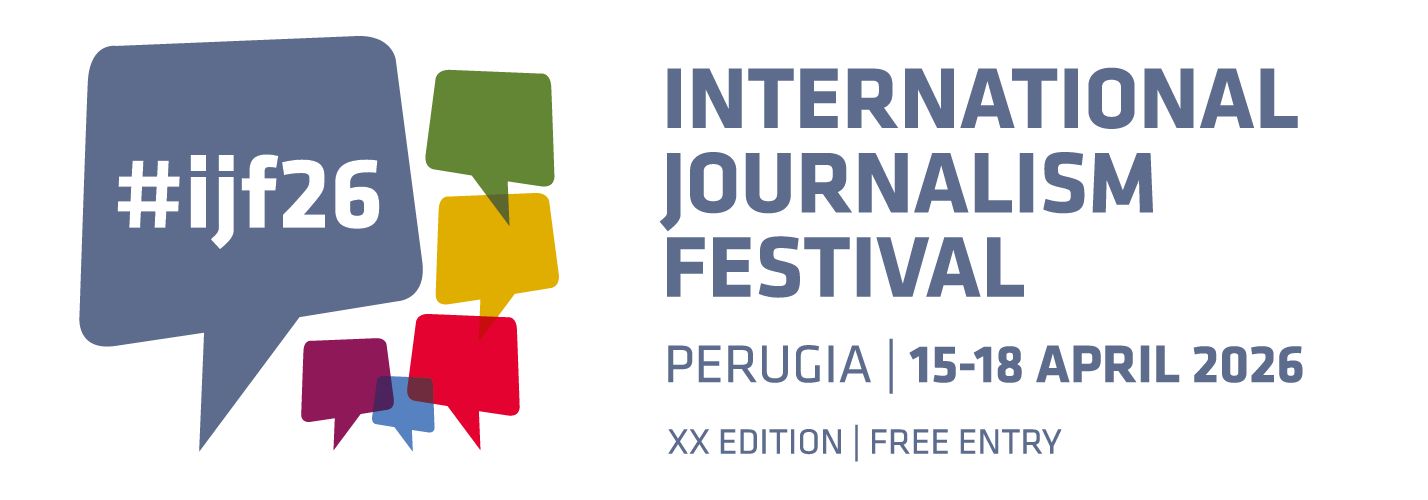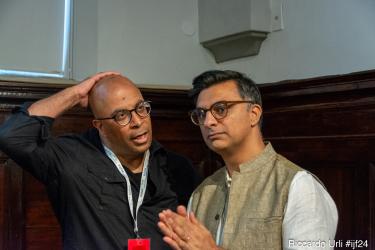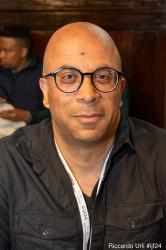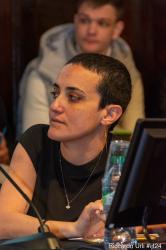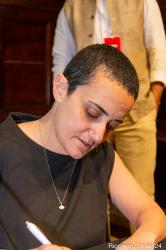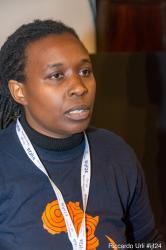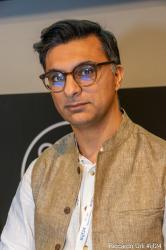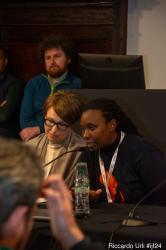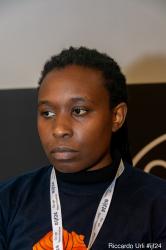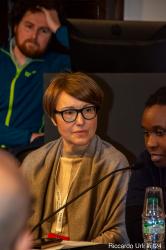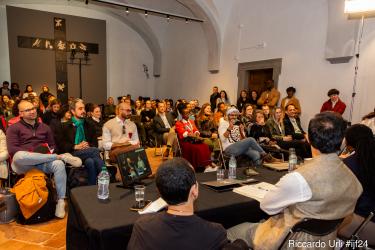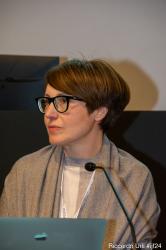The media landscape today is a very different one from the one in which the media development field was born. The skills and information gap between Global North and Global South is much narrower. Autochthonous organisations offering a deeply-rooted and multi-dimensional view on what media development means in their domestic contexts are mushrooming across many countries and regions. Even media festivals in the Global South are gaining global prominence.
Yet, to the frustration of many in these independent ecosystems around the world, it appears that only a small proportion of the funds routed through the major international intermediaries ends up in the hands of domestic and regional organisations. And, as funds get even more pressured, INGOs operating in some countries are starting to compete for local sources of funding against their domestic counterparts. In some places, it’s still valuable to have international organisations with international diplomatic cladding operating in the teeth of local press freedom pressures – but in other contexts, the added value of international groups on international salaries appears to be more marginal.
What forces are keeping the status quo in place? What should the relationship be between those powerful, well-resourced international organisations, & the domestic/regional organisations & networks that have grown in their shadow? While these relationships are being renegotiated in other parts of civil society, why is this not happening in media development? What would media development look like if we were designing it today?
In short, we’ve heard at previous editions of the festival about efforts to decolonise media content, but how do we decolonise media funding and media development?
Moderated by Sameer Padania.
